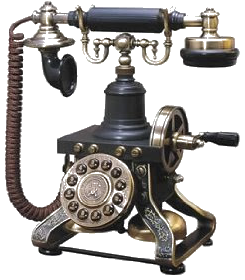

June
offers the most hours of daylight of any month of the year. For
gardeners,
this is a great boon, allowing them to concentrate on their
fields and flowers. Get sunrise and sunset times.
June is named for the Roman goddess Juno, patroness of marriage and women. See all the months’ names.
Since ancient times, cultures have adopted June as the perfect time for revelry,
weddings, and feasts.
This was especially true on the eve of Midsummer Day, June 24, when the summer
solstice was celebrated with wild parties and bonfires.
One
old proverb says, “Calm weather in June sets corn in tune.” Like
Goldilocks,
gardeners hope for weather that is just right: not too hot,
not too cold, not too
wet, not too dry.
Even the tenderest plants—softies like basil and tomatoes—are put in the ground.
Folk
wisdom tells us that plants will catch up by the end of the month
regardless
of how early we got them in the ground—thanks to the long
hours of sunshine.
Source: The Old Farmer’s Almanac
The 6th month of the year
is an outstanding one
In the Georgian calendar, the calendar that most of the world uses, June
is
the sixth month. However, according to the early Roman calendar,
June was
actually the fourth month and had only 29 day. In 46B.C, Julius
Caesar gave
June 30 days instead of 29 when he reformed the Roman
calendar. June was
named after the Roman goddess Juno, who is the wife
of Jupiter. However,
others say that its name actually came from the
Latin word iuniors. It means
the younger ones, which is opposed to
majors or elders which May's name
was originated from. In June, spring
ends and summer begins in the Northern
Hemisphere. During this time, all
the flowers and plants are very beautiful. In
the southern hemisphere,
winter begins in June.
Birthstone: Pearl, Alexandrite & Moonstone
Birth Flower: The Rose




























































